Deploying IIoT Devices and Integration to Plant Operations
The Industrial Internet of Things (IIoT) is revolutionizing manufacturing by integrating smart devices with plant operations, enabling real-time data collection and analysis. IIoT solutions improve machine health monitoring, energy efficiency and predictive maintenance, especially for legacy equipment. However, successful deployment requires robust network infrastructure and secure data storage. Whether utilizing cloud or on-premise servers, IIoT devices provide invaluable insights that lead to more informed, real-time decisions. This blog explores the key aspects of deploying IIoT devices and how manufacturers can maximize their benefits.
Identifying Value in IIoT Deployment
When implementing IIoT devices in manufacturing, it’s essential to target areas where they can drive the most value. Key applications include:
- Machine Health Monitoring: Tracking equipment performance in real-time to predict and prevent failures.
- Energy Efficiency: Monitoring energy consumption to optimize usage and reduce costs.
- Environmental Monitoring and Control: Tracking environmental conditions on the plant floor.
- Inventory Tracking: Using sensors to monitor and manage stock levels.
A standout example is predictive maintenance, especially in legacy equipment where traditional data collection methods are limited. IIoT devices enhance these systems by continuously monitoring components like motors, bearings and pumps. These systems allow manufacturers to predict breakdowns before they happen, avoiding costly downtime. This is particularly valuable when considering your most critical operations and those with the biggest cost impacts associated with downtime.
Ensuring a Robust Network Infrastructure
A strong and secure network infrastructure is critical for IIoT success. Devices must communicate efficiently and securely with high-speed data transmission. To protect sensitive data, companies can opt for either:
- On-Premise Servers: Offering more control with encryption and access controls.
- Cloud-Based Solutions: Providing flexibility and scalability with encryption and authentication layers.
Both options aim to ensure the security and integrity of the vast amounts of data IIoT devices produce while maintaining rapid data transfer.
Real-Time Data Integration for Smarter Decisions
One of the biggest advantages of IIoT devices is their ability to deliver real-time insights. When integrated properly, these devices provide operators and managers with up-to-date data, enabling quick, data-driven decisions. Data can be sent to centralized platforms for analysis or processed at the edge through Edge Computing, where analysis is done closer to the source.
This data can generate reports and dashboards featuring key metrics like operational efficiency, performance indicators and equipment diagnostics. The insights provided help drive process optimization, reduce waste and improve overall productivity.
Conclusion
The successful deployment of IIoT devices transforms plant operations by offering real-time insights, enhancing predictive maintenance and improving operational efficiency. With secure data infrastructure and integration strategies, manufacturers can unlock new levels of productivity and agility in their operations.
How the Digital Foundry Can Help
At the Digital Foundry, we offer the expertise and resources to support manufacturers looking to explore the implementation and integration of IIoT devices. Our services include:
- Technical Assessments and Advising: We help identify areas where IIoT devices can bring the most value.
- Network Infrastructure Support: We assist in building a plan for robust and secure data infrastructure for device communication.
- Training and Education: Our programs help your team understand the integration of IIoT and cloud systems, preparing them for real-time data analysis and decision-making.
Contact us today to learn more about how we can support your IIoT journey at digitalfoundrynk.com/contact.


